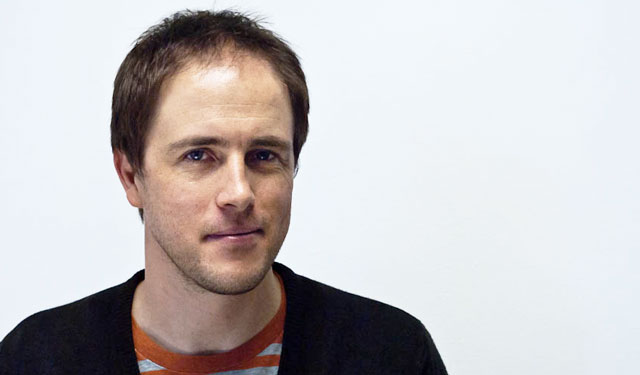
Jeff Bezos isn’t easily satisfied. He’s the 26th richest person on the planet, and he’s been a (self-made) billionaire for nearly two decades. And yet the 48-year-old founder of Amazon.com continues to push his company, and himself, into new territory.
When Amazon launched the Kindle e-reader in late 2007, the e-books market was tiny — a mere rounding error on global book sales. Barely five years later and Amazon now sells far more e-books than physical books, and the entire e-book market is flourishing.
But Bezos and the gang aren’t content with just electronic books and black-and-white e-readers. They’ve watched Apple scoop up obscene profits in the tablet computing market with its market-making iPad, and they want a slice of that action. And so, late in 2011, the Kindle Fire was born.
Its first year has been encouraging, if unspectacular. It shot to the top of Amazon’s bestseller list and has stayed there ever since, but its effect on Amazon’s financial results has been difficult to gauge. Amazon, as a rule, doesn’t release specific sales numbers for its devices so it’s hard to tell exactly how many Kindle Fires are floating around in the market, or how much money it’s making from them. It’s clearly not a huge amount — Amazon’s profits have barely budged in the last year.
But, following the launch of the new versions of the Kindle Fire on 6 September, two things are now very clear. Firstly, Bezos sees Apple as his biggest competitor. Second, he’s playing the long game.
During the Apple-style launch of the new Kindle devices — which are bigger, brighter, more powerful and cheaper than their predecessors — Bezos was at pains to contrast Amazon’s approach to the market with Apple’s.
“We want to make money when people use our devices, not when they buy our devices,” he said during the press event. “That is better alignment. If someone buys one of our devices and puts it in a desk drawer and doesn’t use it, we don’t deserve to make money.” Although Bezos never made the mistake of mentioning his rival, it’s crystal clear who he was talking about.
This strategy is bold and risky, but may also be genius. Amazon is essentially subsidising its devices, selling them at close to or even below cost, and betting that people will use the built-in services to buy its digital products which have expanded from e-books to movies to games.
This is essentially the mirror image of Apple’s approach. Although its iTunes and App Store marketplaces have both been runaway successes, the revenue they generate is dwarfed by Apple’s real business — devices. The late Steve Jobs and his cohorts realised that an ecosystem of content and services was necessary to sustain demand for its devices. So Apple uses digital products to sell physical ones while Amazon is hoping to do the opposite.
The really risky thing about Bezos’s strategy is not his venture into high-end devices. His success with the original Kindle has proved Amazon has the stuff to get that equation right, and the first version of the Fire proved that there’s appetite for alternatives to the iPad. The real risk is that his shareholders get impatient, watching Apple mint cash on device sales while Amazon ekes out a break-even.
This is the long game after all. Amazon doesn’t care if you only upgrade your device every five or six years — as long as you have one. “We don’t need you to be on the upgrade treadmill,” explains Bezos. “We are happy that people are still using Kindle 1s that are five years old. That’s good for us.” Apple, on the other hand, need to tempt you to buy a new device every two years — three at most — to keep feeding its profit machine.
Whether or not Bezos’s strategy pays off, you have to admire the guy. Most of us would be on our own island, sipping cocktails by now. But we should probably be grateful for people like him — they move the world forward. — (c) 2012 Mail & Guardian
- Alistair Fairweather is the general manager of digital operations at the Mail & Guardian
- Visit the Mail & Guardian Online, the smart news source




